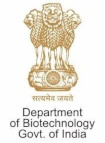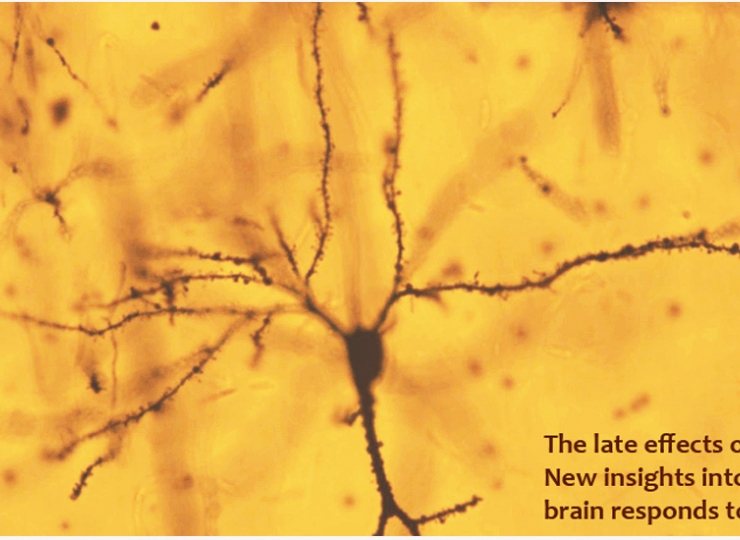The regulation of growth in animals continues to intrigue scientists. In order to breakdown and understand the many elements that control growth, scientists turn to biological systems where it is possible to track different stages of development, all the way from the earliest stages of formation to an adult fully grown organism in the laboratory. The fruit fly Drosophila melanogaster, has been an invaluable resource in this context, providing many key insights to the controlling element of organ size and organismal growth.
Tina Mukherjee and her group at the MAD (Metabolism and Development) Lab at inStem, have asked whether changes in immune status or function influence growth. Immune activity has a high energy demand and can pivot a systemic re-direct of energy utilization to meet requirements of immune function. The group uses Drosophila with a toolbox of genetic tricks that allow manipulations of immune status early in development (in larval life) and follow the consequences of these on growth in adult flies. Blood cells in Drosophila are similar to myeloid cells in mammals and perform functions in innate immunity, wound healing, tissue integrity and stress response. Their development also employs similar process and molecular strategies as exhibited in blood development in humans. Thus Drosophila blood system provides us with a perfect platform to further our understanding of immune cells in animal development and the implications of their dysfunction in disease progression and stress response. Interestingly, Drosophila larvae deprived of blood cells, grow into small-sized adults and also display signs of insulin insensitivity. This was established in an assay where following exposure to a diet with excessive sugars, the animals with reduced blood cells, showed further evidence of growth retardation! To deep dive further, the group went ahead and flipped this idea around. They examined if increasing the number and activity of cells in the immune system of Drosophila, had the opposite effect. Excitingly, their experiments showed that increasing the number and activity of hemocytes – a blood cell type in Drosophila – also influenced growth outcomes but with some differences. While more immune activity early in development did not change the pattern of growth seen normally, animals with this experience throughout their larval development were able to withstand the detrimental effects of excessive sugar dietary stress.
Altogether, this study (Preethi et al., Frontiers in Immunology, 2020), provides an intriguing insight on the nuanced effects of immune cell activity on growth control. With a specific focus on showing that immune cells balance inflammation and insulin signalling, the work opens up new avenues of investigation on how, immune function in a narrow window of developmental life, can impact the long-term growth of an animal. Whether the immune cell-growth control axis also functions humans and other mammals are other possible directions arising from this work.

Reference:
Immune control of animal growth in homeostasis and nutritional stress in Drosophila
Preethi P, Ajay Tomar, Sukanya Madhwal and Tina Mukherjee, July 2020, Frontiers in Immunology
https://www.frontiersin.org/articles/10.3389/fimmu.2020.01528/full
Publication Date: July 31, 2020










